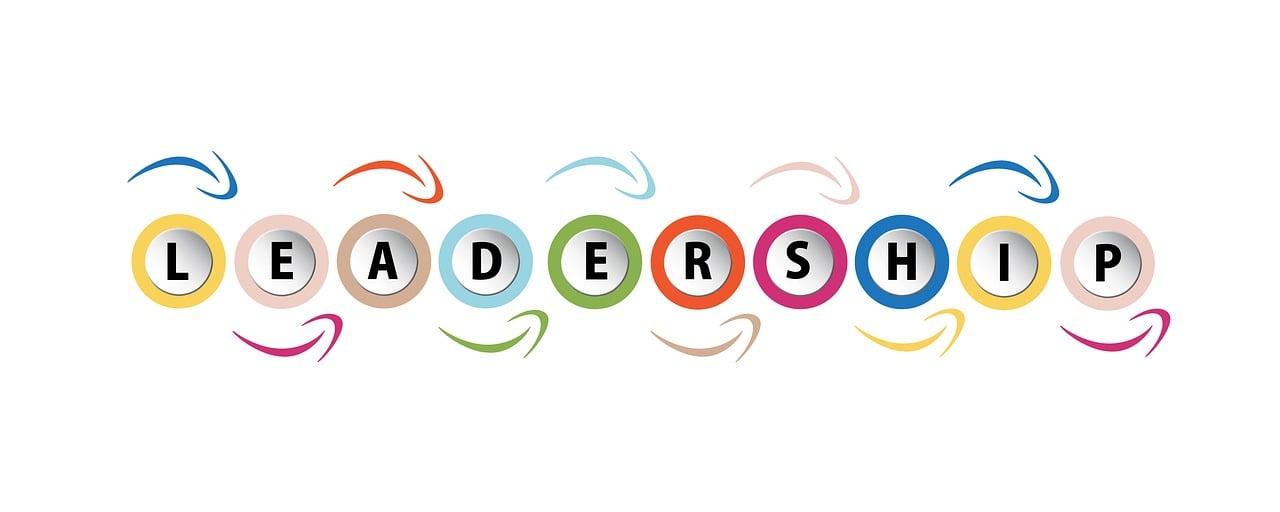Imagine a C-suite brimming with diverse perspectives, experiences, and backgrounds. It’s not just a picture of progress; it’s a tangible reality for companies committed to diversity in leadership, particularly through the inclusion of women. But the question remains: why does it matter so much? The answer lies in the undeniable benefits that diversity brings, not just to company culture, but to its bottom line. Let’s delve into five key reasons why promoting women to C-level positions isn’t just a social good, it’s a strategic business imperative. You’ll also get insights into creating measurable goals for inclusivity, and identify key performance indicators (KPIs).
The Importance of Diversity in Leadership
Following are five key advantages of diverse leadership:
1. Unleashing Innovation Through Cognitive Diversity
Boardrooms filled with homogenous perspectives often fall victim to groupthink, overlooking crucial ideas and opportunities. Conversely, diverse teams, rich with a tapestry of female and male voices, bring together a wider range of knowledge, experiences, and viewpoints. This cognitive diversity sparks innovation, ignites creative problem-solving, and fuels groundbreaking solutions. Studies by McKinsey & Company reveal that companies with diverse leadership teams outperform their less diverse counterparts by a staggering 36% in terms of profitability. This isn’t just a coincidence; it’s the power of diversity challenging assumptions, sparking fresh ideas, and leading to breakthrough solutions that propel your company ahead of the pack.
2. Sharpening Decision-Making with Balanced Perspectives
Imagine a crucial decision looming, but the voices around the table echo the same limited perspective. This is the risk of homogenous leadership. When women join the C-suite, they bring different experiences, viewpoints, and ways of approaching challenges. This fosters balanced and informed decision-making. It reduces blind spots, ensures all angles are considered, and encourages healthy debate before critical choices are made. It’s like having a 360-degree view of the landscape, empowering your leadership team to navigate complex situations with confidence and make choices that drive sustainable success.
3. Enhancing Brand Reputation and Attracting Top Talent
In today’s talent-driven market, a commitment to diversity and inclusion acts as a powerful magnet. Top talent, particularly women and individuals from diverse backgrounds, seek to work for companies that reflect their values and create inclusive environments. By promoting women to C-level positions, you send a clear message that your company values inclusivity and diversity. This not only enhances your brand reputation as a progressive and forward-thinking organization, but it also attracts a broader pool of talented individuals, fostering a dynamic and engaged workforce that fuels your company’s growth and innovation.
4. Boosting Employee Engagement and Satisfaction with Inclusive Leadership
When employees see themselves reflected in leadership, they feel valued, respected, and heard. This fosters a sense of belonging and connection, leading to increased engagement, satisfaction, and productivity. A C-suite that includes women creates a more inclusive culture where everyone feels empowered to contribute their unique perspectives and talents. This translates to a more vibrant and engaged workforce, where collaboration thrives, employees go the extra mile, and your company benefits from the collective potential of its diverse human capital.
5. Expanding Reach and Understanding Diverse Markets
In an increasingly globalized world, understanding diverse customer needs and preferences is crucial for success. Imagine trying to cater to a diverse audience with a leadership team that lacks that same diversity. By including women in your C-suite, you gain access to cultural awareness and market insights that would otherwise be overlooked. Women leaders bring valuable perspectives on different customer segments, enabling your company to better cater to broader audiences, expand its reach, and tap into new markets with confidence.
Measuring Progress on the Road to C-Level Inclusivity
Achieving true C-level inclusivity requires a dedicated, data-driven approach. So, how do you translate your commitment to diversity into concrete action and track your progress towards a more inclusive leadership team?
Define Measurable Goals
The first step is to set specific and measurable goals for diversity and inclusion (D&I) within your leadership team. This could include increasing the percentage of women in C-level roles, expanding representation across different ethnicities or backgrounds, or achieving a balanced gender ratio in key leadership positions. By setting clear, quantitative goals, you establish a roadmap for progress and provide a benchmark for measuring your success.
Identify Key Performance Indicators (KPIs)
Once you have your goals, choose relevant KPIs to track your progress. These metrics should be quantifiable, time-bound, and directly linked to your goals. Examples include:
- Representation: Percentage of women in C-level roles, diversity within leadership teams by ethnicity, age, or sexual orientation.
- Employee Satisfaction: Employee surveys measuring inclusion, sense of belonging, and satisfaction with leadership diversity.
- Talent Acquisition: Diversity of candidates considered for leadership roles, hiring rates of diverse candidates.
- Diversity Training Effectiveness: Measuring knowledge gained and behavioral changes after diversity training programs.
By tracking these KPIs, you gain valuable insights into your progress, identify areas for improvement, and ensure you’re moving towards your desired outcomes. Remember, data is king, and by harnessing its power, you can make informed decisions and adjust your strategies to accelerate your journey towards a more inclusive C-suite.
Leverage Technology and Partnerships
In today’s digital age, online platforms such as Female Executive Search, with the possibility to recruit female c-level executives online offer invaluable tools and resources to empower your efforts. These platforms provide access to a global talent pool of qualified female C-level executives with diverse backgrounds and experiences. Additionally, they offer data and insights to support your search process and provide valuable expertise in navigating the nuances of building an inclusive leadership team. By leveraging these platforms and partnering with organizations dedicated to diversity, you gain access to a wider network, valuable knowledge, and support systems that accelerate your progress towards C-level inclusivity.
Foster a Culture of Accountability and Continuous Improvement
Building a truly inclusive C-suite isn’t a one-time event; it’s an ongoing journey. Make diversity and inclusion a core value throughout your organization. Hold leaders accountable for achieving D&I goals, create open communication channels where employees feel empowered to raise concerns and contribute suggestions, and celebrate wins along the way. Remember, inclusivity thrives in an environment where everyone feels valued, respected, and heard. By fostering a culture of continuous learning, improvement, and accountability, you pave the way for a truly inclusive and diverse leadership team that drives innovation, success, and positive change within your organization.
Embrace the Power of Diversity
The benefits of diverse C-level leadership are undeniable. From fostering innovation and enhancing decision-making to attracting top talent and expanding your reach, the inclusion of women in your leadership team is not just a moral imperative; it’s a strategic move that fuels your company’s success. By setting clear goals, tracking progress through relevant KPIs, leveraging technology and partnerships, and fostering a culture of accountability, you can unlock the immense potential of a diverse C-suite. Remember, shattering the ceiling and building inclusivity isn’t just about breaking down barriers; it’s about building a brighter future for your organization, your employees, and the world around you.
About Female Executive Search
Launched in 2001 by Patrick Mataix, an international successful entrepreneur, CEO Worldwide has earned a reputation for its capability to source, match and select the best C-level executives for urgent requirements – interim or permanent – with a strong expertise in cross-border placements.
In 2018, CEO Worldwide has created a platform dedicated to female leaders – www.female-executive-search.com – to promote executive gender balance at top management level and boards.
Today, CEO Worldwide and Female Executive Search have vetted more than 25,000 international executives covering 180 countries.











